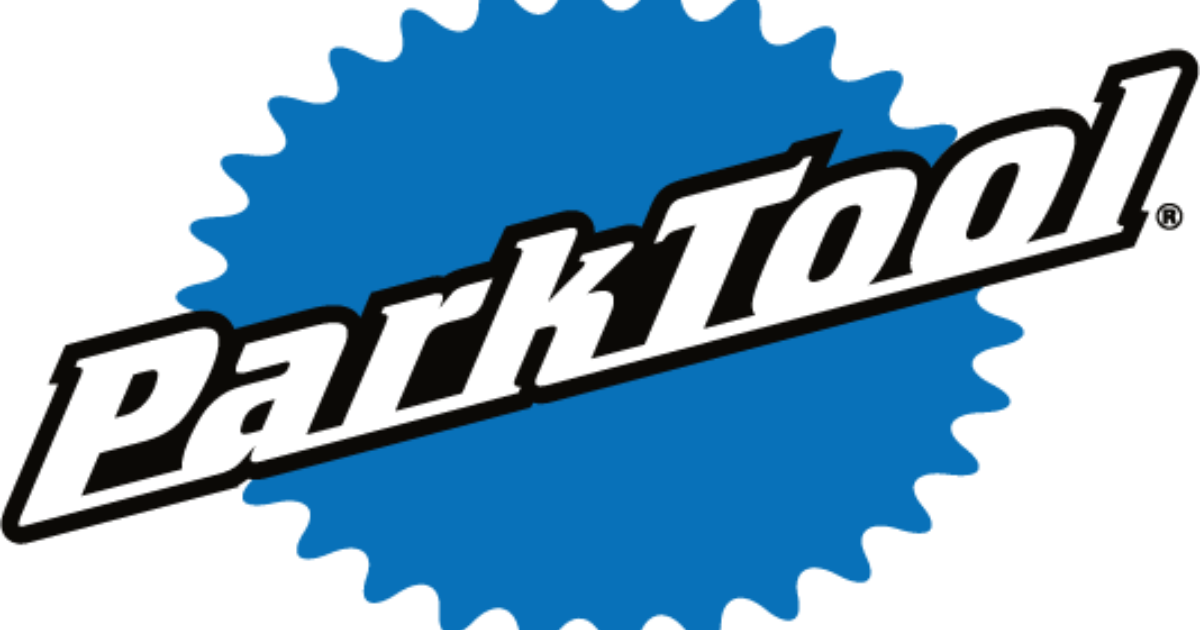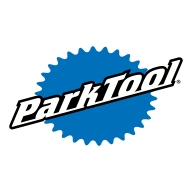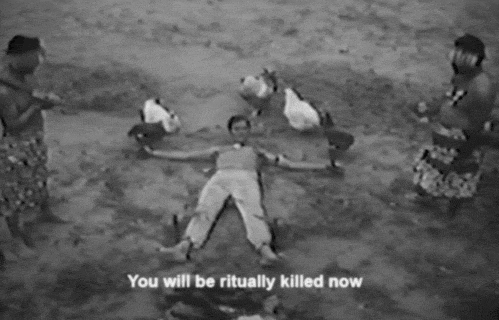You are using an out of date browser. It may not display this or other websites correctly.
You should upgrade or use an alternative browser.
You should upgrade or use an alternative browser.
The black art of wheel building…
- Thread starter Jimmy oldskool
- Start date
I have just recently built my first wheel, a 27" road rim on a used campy hub and new dB spokes. I firstly read Roger Musson's 'A Practical Guide to Wheel Building'. I found it great for explaining where to place spokes and tension, dishing and spoke length. I also watched YouTube video, especially the Park Tool ones. Give it a go, you won't regret it.
Last edited:
Frankenorange
Orange 🍊 Fan
I fancy having a go and wheel building but understand that this is a black art and not easily learnt?
It is NOT a black art and it IS easy to learn. Anyone who says otherwise is high on their own f@rts.
A physical/mental handicap should be the only obstacle as it really is just bits of wire, some round things with holes in, and an order which it all needs to be done in.
Tbh; you can get the order wrong and although the wheel might not look "right" you will not die as long as the spokes are tensioned enough. There is a fairly big window you can operate in, regarding tension, on wheels with spoke counts from 24 and up so don't get worried about that, either.
Don't go down any rabbit holes with all the tests and science comparing X spoke count vs. Y spoke count and crossings. There is too much opinion and agenda muddying the waters. A huge percentage of it is nonsense driven by the industry wanting your money, wheel builders trying to scare people, and consumers trying their best to justify the £2k wheelset they have just bought.
In fact; don't read too much at all about the subject. Just the very basics and, honestly, those you can get for yourself by taking basic wheels apart and rebuilding them. Take some pics along the way and take notes. Kind of look at the wheel as the teacher and copy down what it tells you.
Don't start with a 12 straight pull aero spoke, deep carbon rimmed, wheel with a carbon hub. Start with something cheap, cheerful and conventional with lots of spokes and work up to the fancy stuff, if that interests you. The fancy stuff is much the same but tension is more critical and you might need a few specialist tools, to do the job. It still isn't a black art.
Now.....knitting on the other hand....
Uncle Grumpy
Dirt Disciple
I don't think it's a 'science' as such, 'no'. Nor is it engineering if you ask me. Nor is it 'art'. It's simply a skill. A skill that can be learned if you have the right information. A skilled wheelbuilder will be able to build wheels faster than a beginner.
At risk of sounding like Ron Swanson... a wheel is a structure. Build it wrong and it will fail. Build it right and it will serve you well. That's called engineering. Engineering is a science.
Yes, building a wheel is a skill, so is designing a bridge. It s a skill rooted in engineering rather than art. It's engineering and furthermore, it's engineering.
Now be warned, Jobst Brandt isa bit of aquite the curmudgeon. He doesn't like low-spoke count wheels, carbon rims, or radial spoking. Or anything 'exotic' for that matter. But they do have their place I believe.
I agree. But you can skip those chapters and go to the "how to build a wheel" chapters which offer sound advice on the process of lacing, truing, dishing etc. Don't get caught up in the stuff about spoke counts and rim materials, much of which has advanced since Brandt formed those views. Of course, a beginner wheel builder could build a wheel with 20 aluminium spoke radially laced carbon rim with nipples made from iridium alloys with some weird dodecahedron shaped heads. But building a wheel with tried'n'true components like alloy rims, stainless spokes, brass nipples and 28, 32 or 36 spokes in a 3x pattern is going to be a better starting point for a beginner wheel builder.
Quote of the day for me….
I'm just scared I'm going to get "strategically shaved gibbon" as part of my status title...
Grumps
Last edited:
89RingleAddict
Dirt Disciple
Maybe this will help…..
My kids found some abandoned/stolen MTB week ago (POS Chinese 24inch rims)
The 13yr old hid the bike behind some shrubs after bike in the same place for 2weeks
We picked it up
Missing seat and post but shifted well
Front rim had horrible wobble
Figured might as well try
I used my vise and taped a Allen wrench to work bench for a guide
Watched bunch of vids and tried my luck
Took 15mins to get hang of it
45mins to get wobble decently out
Was so proud with the result
Don’t think I would attempt to ‘build’ a $2k wheel set, but good to know not a black art
My kids found some abandoned/stolen MTB week ago (POS Chinese 24inch rims)
The 13yr old hid the bike behind some shrubs after bike in the same place for 2weeks
We picked it up
Missing seat and post but shifted well
Front rim had horrible wobble
Figured might as well try
I used my vise and taped a Allen wrench to work bench for a guide
Watched bunch of vids and tried my luck
Took 15mins to get hang of it
45mins to get wobble decently out
Was so proud with the result
Don’t think I would attempt to ‘build’ a $2k wheel set, but good to know not a black art
Motomax
Dirt Disciple
I wanted to put wider rims on an old 26" hardtail using existing hubs. Internet said to just tape the new rim to the old and match the position of the spokes. So started working my way around the rim; things went okay until the last few spokes and had to bend the life out them to get in place. The second wheel I followed Sheldon Brown's idea about the key spoke and it couldn't have been easier. Fortunately both wheels are holding up very well.
novocaine
Old School Grand Master
Whilst I agree that engineering is a science (in fact it's all sciences in one discipline), really really good engineering is hard to differentiate from art. It's about doing something so unfathomable to the normal person by applying principles and knowledge that often isn't understood by those outside of your field of engineering that those around you look, interpret, but do not fully understand.At risk of sounding like Ron Swanson... a wheel is a structure. Build it wrong and it will fail. Build it right and it will serve you well. That's called engineering. Engineering is a science.
That's art, the Falkirk wheel, Strandbeest, ships that sail the world, tiny electrical circuits, process systems they are all engineering, but to me, they are art, they are things that can be stood and looked at with absolutely no understanding of how it works, no comprehension of the materials used, just amazing feats of engineering that transform the world around us in to a better place.
A good wheel builder, yes what he is doing is engineering, applying skills and knowledge to a set of materials in order to build something that it isn't understood by anyone outside of that discipline. something that if done well will is often proclaimed as "stunning", yer, that's art. it's not a dark art, it can be learned, even easier to learn these days with interwebs. todays tools remove some of the skill from it (spoke tension gauges for example that allow anybody to balance tension) but that's not the point, it's still a skill.
art is an extension of engineering has been since the days of Da vinci, we as a culture have separated it.
Parting comment, wizards and witches were prescribed the term "dark art" in the middle ages. they weren't magic, they just had more knowledge and skills than the normal person. you go back now and you'd be branded a witch and burned at the stake. this is where the term dark art came from and it's fairly obvious why it's been applied to wheel building over the years.
I'm not arguing with you, I agree it's engineering, I'm saying that to people without the knowledge, even simple engineering is a dark art they simply don't understand.
Twozaskars
Retro Guru
I thought is was only art when you lace them like a snowflake
MuchAlohaNui
Senior Retro Guru
For wheel building I use link related for calculating spoke tension to spoke pattern:

 www.parktool.com
www.parktool.com
Spoke length calculator with instructions on measuring hubs:
 spokelengthcalculator.com
spokelengthcalculator.com
A spoke tenson-meter (I use the Park Tool) is a must and the tool must be accurate. Additionally, a good wheel building/truing stand (I use Park Tool also). I personally draw the line of investment and practicality at buying the additional gauges or dishing gauge because I think once all the variables for hub measurements, lacing pattern and rim ERD are known, there is little in the way of drifting dish (rear wheel) left or right as the truing stand will center the rim anyhow. I don't race road bikes so spoke tension and getting dish set via the truing stand is good enough.

Wheel Tension App
The Wheel Tension App is a web-based tool for tensioning and dishing bicycle wheels with the Park Tool TM-1 Spoke Tension Meter.
Spoke length calculator with instructions on measuring hubs:
Spoke Length Calculator for Bicycle Wheels
Easily Calculate Spoke Length for your wheel build. The database contains 621 rims and 913 hubs to choose from
A spoke tenson-meter (I use the Park Tool) is a must and the tool must be accurate. Additionally, a good wheel building/truing stand (I use Park Tool also). I personally draw the line of investment and practicality at buying the additional gauges or dishing gauge because I think once all the variables for hub measurements, lacing pattern and rim ERD are known, there is little in the way of drifting dish (rear wheel) left or right as the truing stand will center the rim anyhow. I don't race road bikes so spoke tension and getting dish set via the truing stand is good enough.
Similar threads
- Replies
- 63
- Views
- 12K
- Replies
- 5
- Views
- 690
- Replies
- 71
- Views
- 24K
- Replies
- 3
- Views
- 2K
